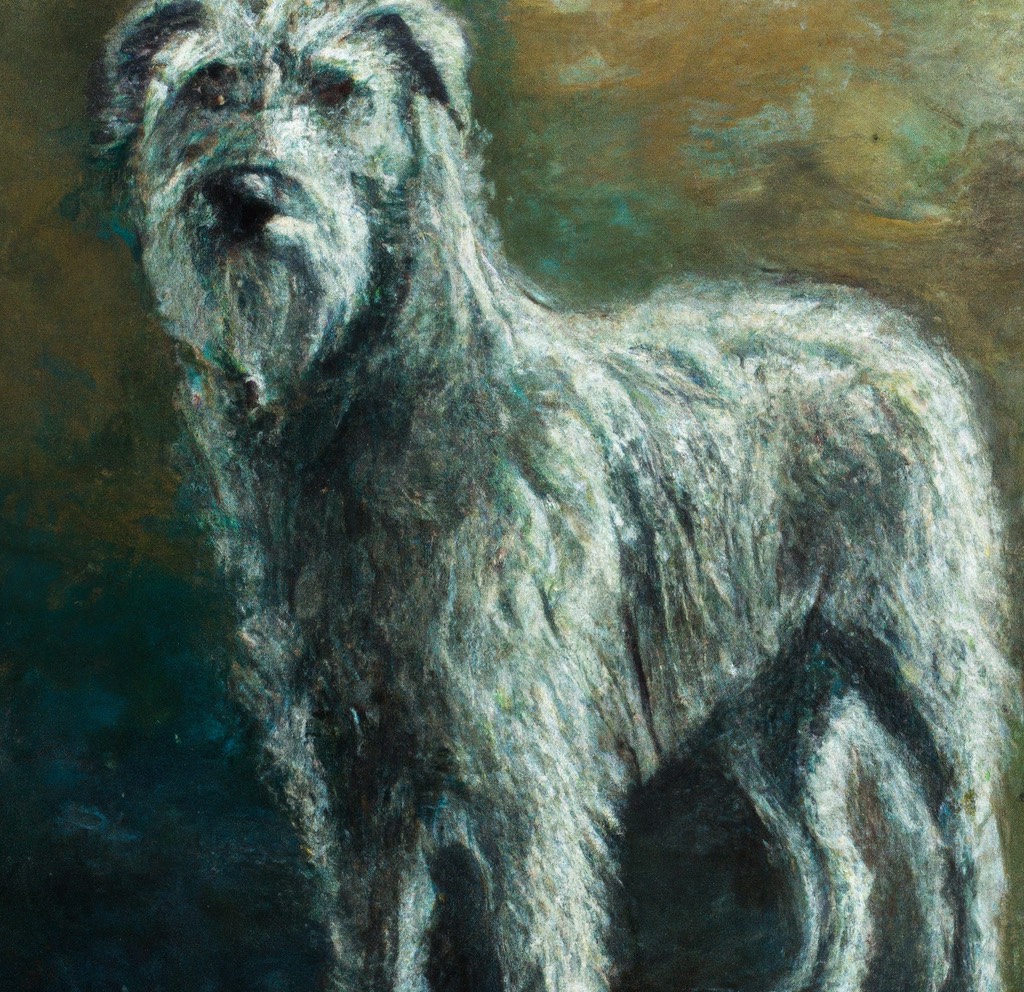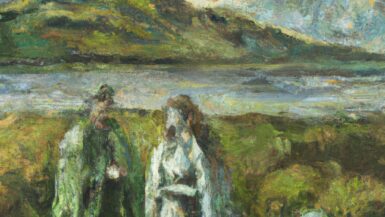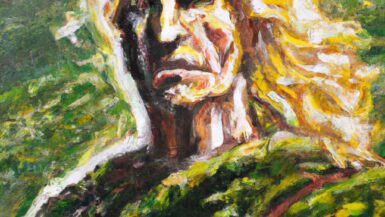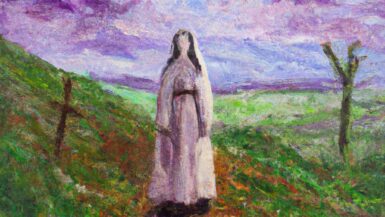Cú Chulainn, the Hound of Ulster, is an iconic figure in Irish mythology and one of the greatest warriors in Celtic literature. His tales have been passed down through generations and are still celebrated today. This article will explore the fascinating life and legend of Cú Chulainn, providing a comprehensive overview of his origins, adventures, and legacy.
Origins of Cú Chulainn
Birth and Parentage
Cú Chulainn, originally named Sétanta, was born to Deichtire, the sister of King Conchobar mac Nessa of Ulster, and the god Lugh. Legend has it that Deichtire was engaged to Sualtam mac Róich, a nobleman from Ulster, when she swallowed a tiny creature while drinking water. She subsequently became pregnant with Cú Chulainn.
Sétanta Gains the Name Cú Chulainn
The name Cú Chulainn, meaning “Culann’s Hound,” was given to Sétanta after he killed a ferocious guard dog belonging to the blacksmith Culann. As a child, Sétanta was invited to a feast at Culann’s house. He arrived late and was attacked by the guard dog, which he killed in self-defense. To atone for this, he offered to serve as Culann’s guard dog, thus earning his new name.
The Training and Abilities of Cú Chulainn
Education with Scáthach
Cú Chulainn trained under the warrior woman Scáthach, who taught him martial arts and the use of the Gae Bolga, a magical spear that could inflict deadly wounds. It was said that the Gae Bolga would open up inside its target, causing irreversible damage. Scáthach’s training enabled Cú Chulainn to master the art of war and become a fearsome warrior.
The Warp Spasm
Cú Chulainn possessed a unique battle frenzy known as the warp spasm or ríastrad. In this state, he would transform into an unrecognizable, monstrous figure with supernatural strength and agility. The warp spasm allowed Cú Chulainn to defeat entire armies single-handedly, making him a formidable opponent in battle.
Key Events in the Life of Cú Chulainn
Emer and the Wooing of Emer
Cú Chulainn’s most famous love interest was Emer, the daughter of Forgall Monach. In order to win her hand in marriage, Cú Chulainn had to complete a series of tasks set by Forgall. These tasks were designed to be impossible, but with the help of his divine father Lugh and his training with Scáthach, Cú Chulainn completed them all. After accomplishing these feats, he married Emer.
The Táin Bó Cúailnge (The Cattle Raid of Cooley)
The Táin Bó Cúailnge is the most famous epic in Irish mythology and tells the story of a great cattle raid led by Queen Medb of Connacht. The tale revolves around the theft of the prized bull Donn Cúailnge and the ensuing war between Ulster and Connacht. Cú Chulainn single-handedly defended Ulster against the invading forces, displaying his extraordinary combat skills and indomitable spirit.
The Gessa (Taboos)
Cú Chulainn was bound by a set of gessa (taboos) that dictated his actions and behavior. These taboos were sacred rules, and breaking them would lead to misfortune or death. During the Táin Bó Cúailnge, Cú Chulainn broke two significant gessa: he ate dog meat, which was forbidden, and he accepted food from a woman who used a sling to cook it. Breaking these taboos ultimately weakened him and foreshadowed his downfall.
The Death of Cú Chulainn
The tragic death of Cú Chulainn is recounted in the story “Aided Con Culainn” (The Death of Cú Chulainn). His enemies conspired against him, exploiting his broken gessa to weaken him further. They also enlisted the help of the Morrigan, a goddess of war and fate, who had previously tried to seduce Cú Chulainn and been spurned.
Weakened and injured in battle, Cú Chulainn tied himself to a standing stone so he could die on his feet, facing his enemies. As the legend goes, his foes only dared approach him after a raven, the symbol of the Morrigan, landed on his shoulder, confirming his death.

The Legacy of Cú Chulainn
Influence on Irish Culture
Cú Chulainn has had a lasting impact on Irish culture and identity. His tales have been passed down through generations, and he is often invoked as a symbol of courage and loyalty. Cú Chulainn has been referenced in literature, music, and art, and his likeness appears on numerous Irish monuments and public spaces.
Cú Chulainn in Modern Literature
Cú Chulainn has been reimagined and retold in modern literature, highlighting his continued relevance and appeal. Notable examples include “The Táin” (1969), a translation of the Táin Bó Cúailnge by Irish poet Thomas Kinsella, and “At Swim-Two-Birds” (1939) by Flann O’Brien, which features Cú Chulainn as a character. Irish playwright W.B. Yeats also made frequent references to Cú Chulainn in his works.
Cú Chulainn in Popular Culture
The legend of Cú Chulainn has crossed into mainstream popular culture, appearing in comic books, video games, and television series. This includes characters in the Marvel and DC comic universes, the Fate/ series of Japanese visual novels and anime, and the Irish animated film “Cú Chulainn: The Legend of the Hound of Ulster” (2018).
Cú Chulainn, the Hound of Ulster, is an enduring figure in Irish mythology and culture. His incredible strength, martial prowess, and tragic end make him one of the most compelling heroes in Celtic literature. From his ancient origins to his modern-day adaptations, the legend of Cú Chulainn continues to captivate and inspire audiences around the world.






Leave a reply